How to feed cucumbers for growth?
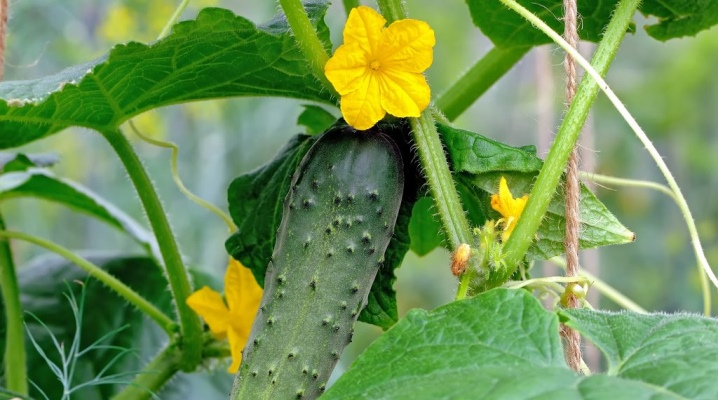
It is difficult to find a gardener who does not plant a couple of cucumber beds on the site. This warm and moisture-loving culture, depending on the variety, pleases with the harvest from early summer to autumn. However, only with proper care. The latter should include top dressing.

Reasons for slowing the growth of cucumbers
The obvious reason for the slowdown in the growth of cucumbers is micronutrient deficiencies. Among those that the plant lacks, the following are usually distinguished.
Nitrogen
Its deficiency provokes a decrease in the fruitfulness of cucumbers.
However, it is necessary to use nitrogen-containing dressings in a timely manner - if they are applied early and in large quantities, problems with the formation of ovaries may arise.
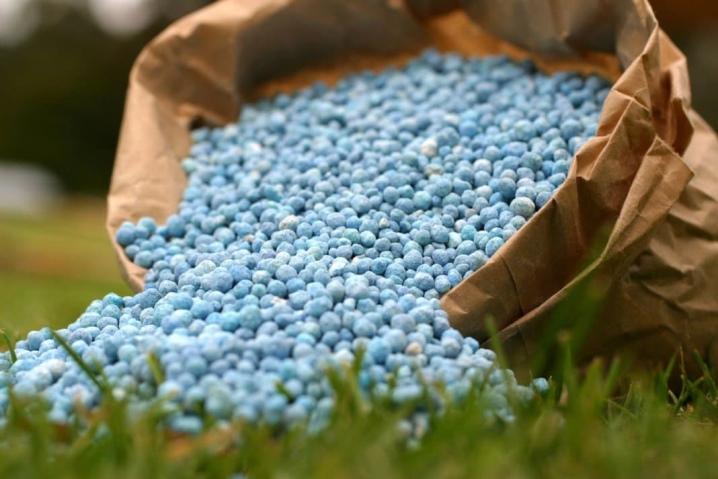
Phosphorus
Its deficiency leads to the fact that the plant does not have enough strength to form ovaries, or they slow down or completely stop in their appearance. Also, the need for phosphorus arises during the fruiting period.
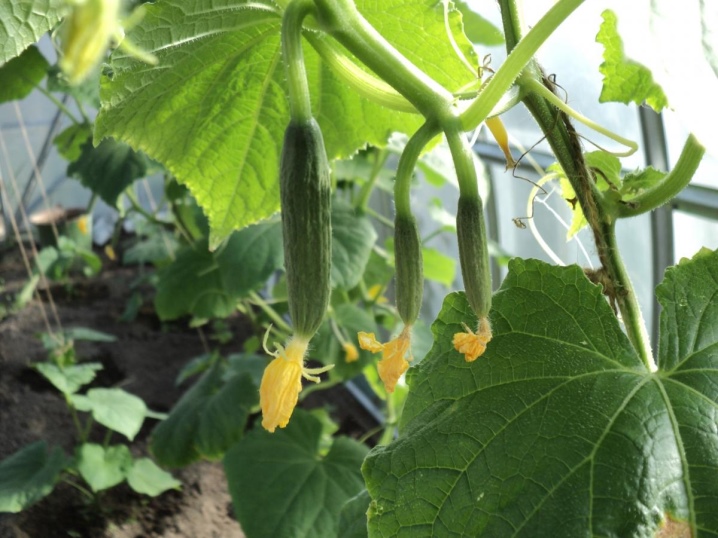
Potassium
It is necessary for the assimilation of the remaining nutrients by the plant. The need for potassium is noted during the period of stem formation and fruiting.

It should be remembered that the root system of cucumbers is located shallowly, in the surface layer of the soil. It is this part that is exposed to the environment, the mineral composition of the surface layer is more actively losing nutrients. That is why feeding cucumbers is not a recommendation, but practically - the rule of growing a crop and obtaining a bountiful harvest. It should be applied not only when cucumbers bear poor fruit or have slowed down in growth, but just to prevent such troubles.
It is also important to remember that in overdried soil, organic elements are contained in smaller quantities. In this regard, in dry summers, more fertilizing may be required.
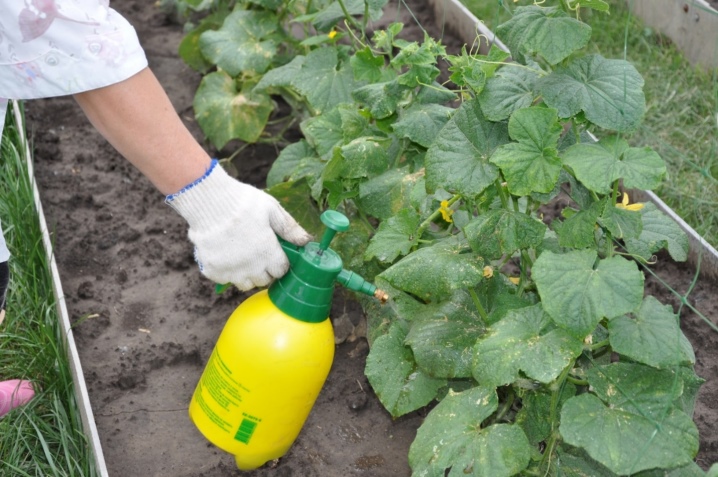
Types of dressings
Top dressing should be chosen based on the stages of growth of cucumbers, as well as remembering the goals that you want to achieve by applying top dressing. So, to build up green mass, they resort to the use of nitrogenous fertilizers. In the formation of a bountiful harvest, phosphorus-potassium compounds will help. Complex compositions are optimal for cucumbers to grow and bear fruit faster.
If you get your first crop and find that it tastes bitter, this may be due to a nitrogen deficiency. But before applying top dressing, you should make sure that the cucumbers are getting enough water.
You can get rid of yellow leaves if you feed the culture with potassium, magnesium, copper and iron. The yellowing pattern usually indicates which element is missing. For more information, see the "Tips and Tricks" section at the end of this article.

Special drugs
Cucumbers absorb everything from the soil, and therefore, when choosing special products, one should focus not only on their effectiveness, but also on safety. Pay attention to potash fertilizers. Chlorine sometimes appears in their composition, which is highly undesirable. For convenience, we will consider these drugs, dividing them by composition.
Nitrogen fertilizers
Shown for building up the green mass of the plant. The evidence of the lack of nitrogen is the "flimsy" of the bushes and yellowing of the lower leaves, light, almost white color of leaves and fruits, slow growth, lack of lateral shoots (the bush looks scanty).
The situation can be corrected by using urea (in the form of transparent crystals) or ammonium sulfate (ammonium nitrate). 10 liters of water will require 15 grams of one of the products.
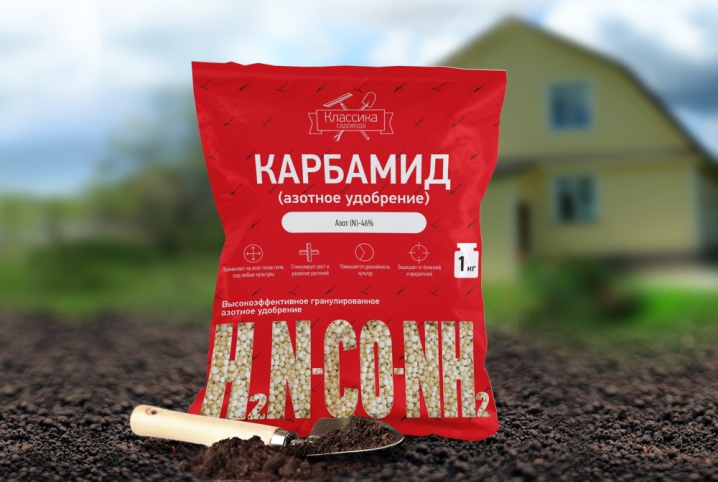
Phosphoric
The newly emerged leaves have a dark green color, shrink and dry. Superphosphate will help to fill the phosphorus deficiency without harming the crop (for 10 liters of water - a tablespoon of the product).
Phosphate flour can be used to fertilize the soil. If, in addition to phosphorus, other minerals need to be added, it is worth choosing borofos (borofosku). In the composition - 10% phosphorus and up to 20% potassium and calcium. Suitable for strengthening the roots and, if necessary, reducing the alkalinity of the soil.
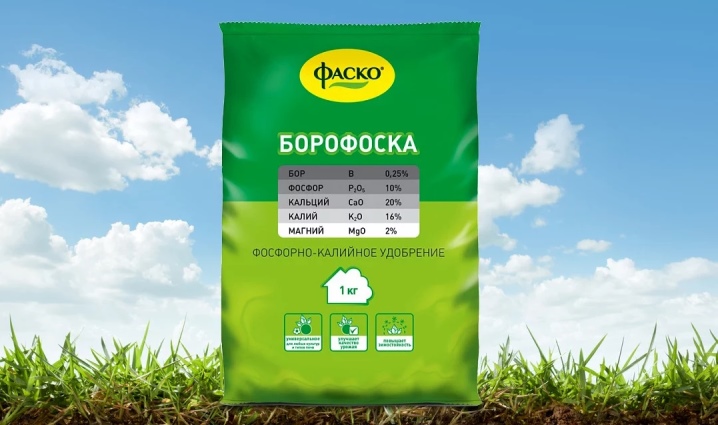
Potash
This is primarily sulfate - in the composition of 50% potassium, the rest is magnesium and sulfur. Recommended when rot appears. With a pronounced phosphorus deficiency, it is better to use potassium monophosphate (this is 20% potassium and 53% phosphorus). Suitable for use throughout the entire growth period. Concentrated potassium chelatin will help provide a quick potassium intake. Experienced gardeners often prefer ready-made complexes, for example, biohumus-based products. In the composition - nitrogen, phosphorus, potassium, sulfur, magnesium, as well as some other humic additives.
Agricola is popular. Suitable for both root dressing and spraying. If you believe the reviews, Agricola not only strengthens the plant and increases yields, but also restores cucumbers after illness, and increases their resistance to pests. Another tool that has gained confidence, "Kristalon". The drug is from a Dutch manufacturer. There is an opinion that the domestic "Sudarushka" is a more affordable analogue. Among the complex mineral products - "Clean sheet", "Helatin Cucumber", "Master-Argo".
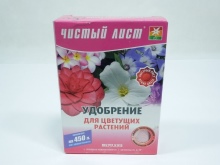
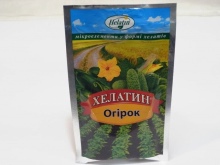
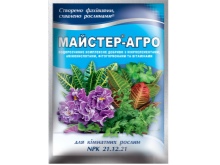
Folk remedies
Many summer residents strive to minimize the use of specialized fertilizers. However, you can also increase the "fertility" of cucumbers using folk remedies.
One easy way is to use a bread-based fertilizer that most people have in their homes. This will require brown bread crusts. They need to fill 2/3 of the bucket (or can), pour the rest of the volume with water. Squeeze the bread with a press and leave the mixture for 7-10 days.
Then the resulting composition must be filtered and diluted with water 1: 3. Use a cucumber watering solution. 12 liters of water will require 50 ml of grain fertilizer.
Plants can be watered for the entire period of growth, starting from flowering. It is recommended to do this once every 7 days.
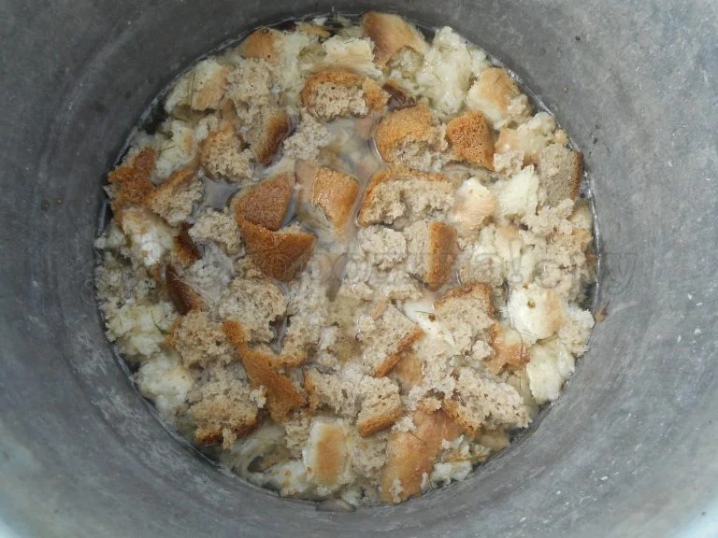
The resulting starter culture is acidic, making it effective for acidifying alkaline soils. And if the latter are already sour, then dolomite flour or water chalk should be added to the leaven.
For the growth of cucumbers, calcium is needed, which is found in large quantities in natural wood ash. It is logical that there are several fertilizer recipes based on it. Let's consider one of them.
For 10 liters of water, you need to take 5 tablespoons of dry ash, mix and leave for 8-10 days. In the process of infusion, the composition is periodically mixed. It is possible not to prepare the ash infusion, but to add dry ash, and then proceed to watering the beds.
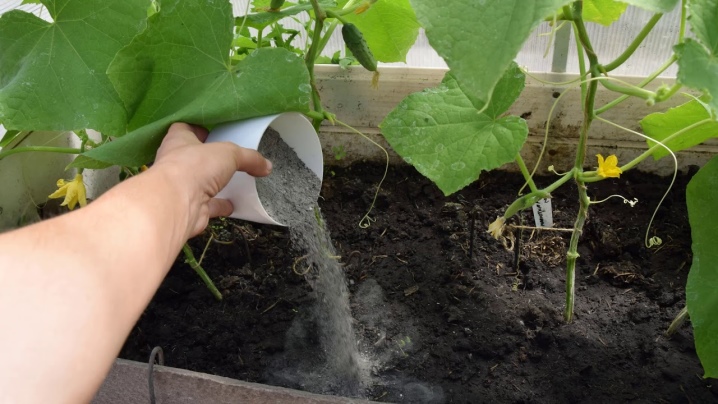
It is recommended to introduce ash (in any form) during the growth of the culture; you can do this up to 6 times. The first feeding can be carried out when 2-3 leaves have appeared on the stem. The second is before flowering and at its first stages. Subsequent - as you grow, the main thing is that there is an interval of 14 days between procedures.
Quite often, yeast-based feeding is also used, due to the presence in such a product of a large number of beneficial bacteria that strengthen the immunity of cucumbers. Yeast formulations improve the root system, increase plant survival even with a lack of sunlight, and accelerate growth.
One of the proven recipes based on yeast: 10 grams of dry yeast should be dissolved in 10 liters of warm water. Add 2 tablespoons of sugar there and leave the composition for 2.5-3 hours.
Before watering, yeast top dressing is diluted in 50 liters of water. Also yeast can be diluted with curdled milk (glass).
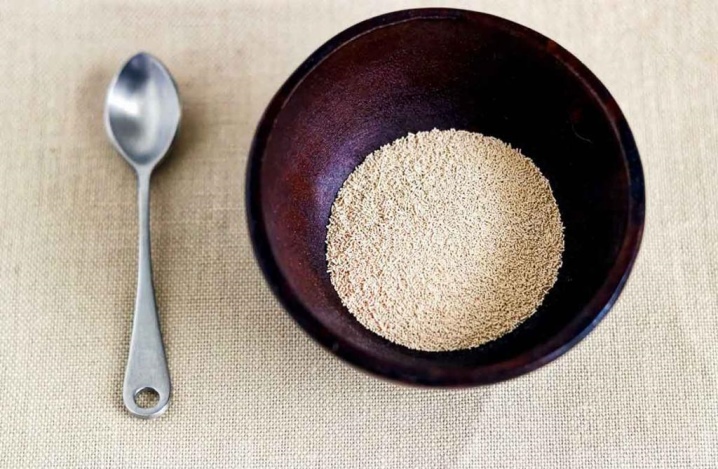
Despite the effectiveness of such feeding, it should be used no more than 2 times during the growing season. For the first time, it is fashionable to do this 2 weeks after planting seedlings in open ground. The second time - after phosphorus feeding.
Positive feedback from gardeners and farmers is received by feeding from chicken manure, which is rich in phosphorus, zinc, copper and nitrogen, which are so necessary for the culture. Chicken manure is suitable for use both in dry form and in the form of a solution. It is recommended to apply it no more than 3 times per season. At the beginning of the growing season (May-July), the first feeding is applied, the second time - with the beginning of flowering, the third - during the period of active fruiting.
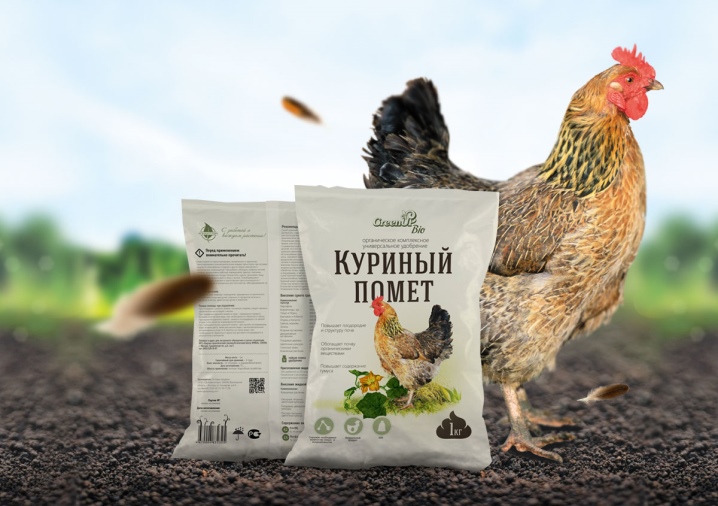
At the beginning and at the end of the season, it is more convenient to use dry droppings. It can be applied both immediately and by crushing. Dry droppings are usually brought in for digging, at the rate of 500 g per 1 sq. m. Infusion of chicken manure is prepared as follows - you need to take a third of the droppings on the container, and add the remaining volume with water. Leave for 2-4 days, stirring occasionally. Before use, dilute with water (for 1 part of the infusion 3 or 4 parts of water) and water the cucumbers (1.5 liters of the diluted product per 1 square meter).
An effective and environmentally friendly way to "support" cucumbers is an infusion of onion peels. This top dressing is also recommended if the leaves have begun to turn yellow. For 8 liters of water you need a glass of husk, the liquid must be brought to a boil and darkened a little (10 minutes). Then turn off the heat and leave the mixture for 3-4 hours under the lid. The next step is to strain the infusion.
As such, it is ready for use. Means watered cucumbers at the root. And in the case of the appearance of yellow leaves and as a preventive measure, you can dilute the composition with water (1: 1) and irrigate the beds with cucumbers.
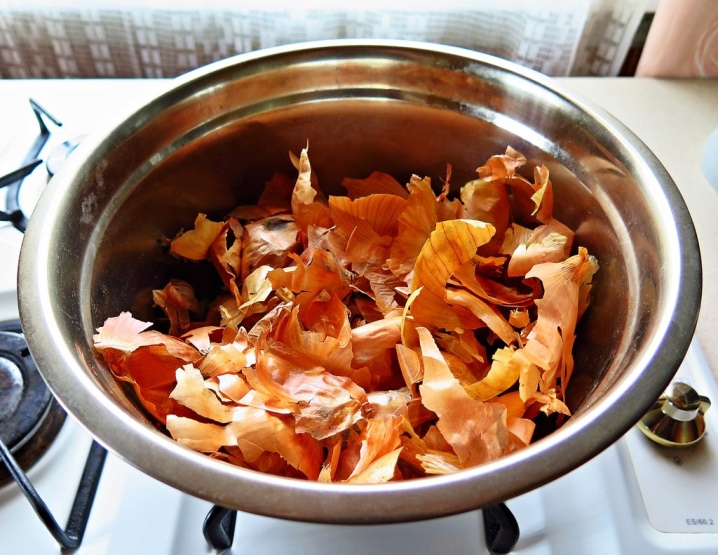
Fertilization timing
On average, cucumbers need 3-4 feeding per season. The first is carried out 2 weeks after sowing. When the cucumbers have risen, a low concentration phosphorus fertilization can be used. The second falls on the period of the beginning of flowering. For the third time, top dressing is applied at an early stage of fruiting. Finally, during the fruiting period, apply another, fourth dressing. As a rule, it is produced a week or two after the first harvest. It is a mistake to consider it to be some kind of preventive, since the purpose of these actions is to enhance the fruiting process.
It is important to remember that plants require different fertilizers at each stage of growth. In May-June, nitrogen formulations are required, which are applied every 14 days. July-September is the time for phosphorus-potassium fertilizers, which adult plants require to maintain their condition and fruiting. On average, they are applied every 2 weeks. From mid-September, the number of dressings is reduced, and the interval between them reaches 3-3.5 weeks.
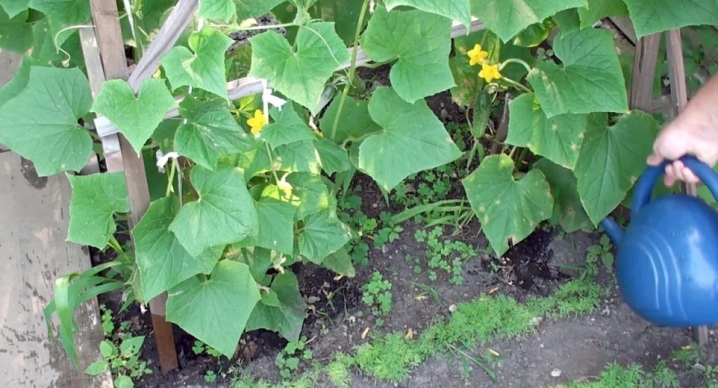
What is the best way to apply top dressing?
Depending on the method of feeding, there are 2 types of them:
Root
Recommended during the period of active growth of the culture, when the root system of cucumbers is developing just as actively. These are usually the summer months.
You need to apply root dressing after rain or watering, the optimal time is earlier in the morning or evening after sunset, a dry but cloudy day is also suitable.
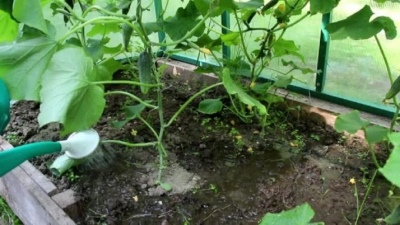
Foliar
In a cloudy period and in a cold summer, preference should be given to foliar feeding. The best option is to spray the plant. For this type of manipulation, the concentration of feeding should be lower, and it is better to carry out the procedure in the afternoon or evening, when there is no active sun.
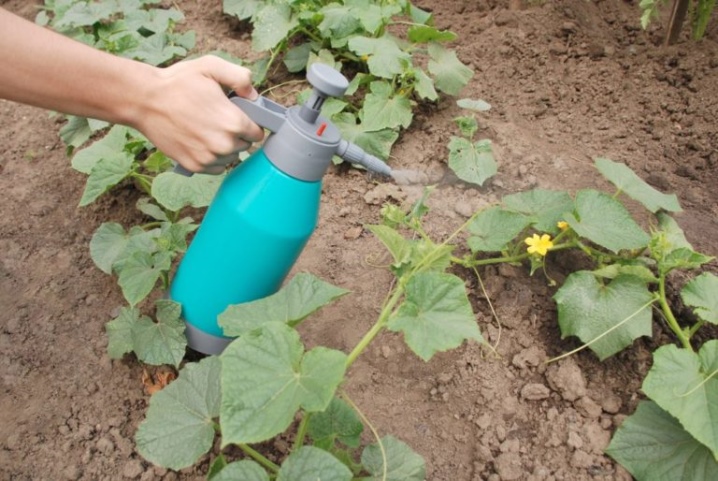
In the greenhouse
The first feeding for cucumbers is made at the stage of soil preparation in a greenhouse - humus and compost are laid for planting. The second time feeding is carried out during the cultivation of seedlings. For these purposes, a solution of nitrate is often used - 2 tablespoons of ammonium nitrate are taken for 8 liters of water.
Finally, one month after planting the seedlings in the ground, it is recommended to carry out a third top dressing. The purpose of this procedure is to strengthen the plant, help it build up green mass and form ovaries. That is why organic compounds are especially effective - ash, mullein, yeast. If preference is given to chemical analogs, then it is more rational to use complexes. The following infusion has proven its effectiveness - 1 tablespoon of ammonium nitrate, 2 tablespoons of superphosphate and a glass of wood ash are taken in a bucket of water.
During flowering and fruiting, a solution of nitrophoska will give a good effect, and after 2 weeks - a mullein, which is combined with potassium sulfate. This helps to strengthen the planting and obtain a richer harvest.
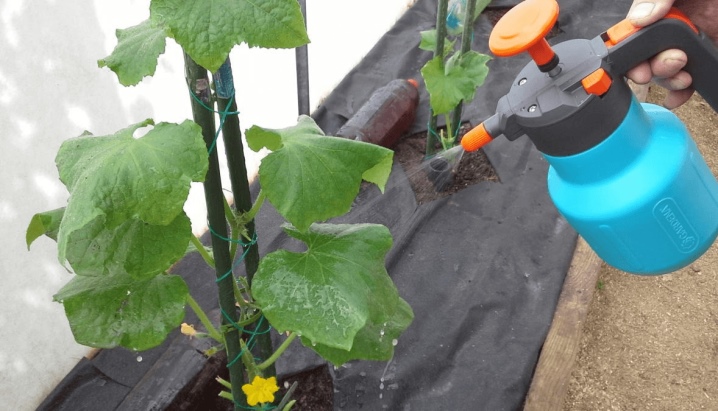
In the open field
Cucumbers growing outdoors in the street are more vulnerable, and therefore need more frequent feeding. On average, this is 6-8 per season. Moreover, this is not only root fertilization, but also foliar fertilization. Usually they alternate.
The first time the cucumbers are fed in the open field with the appearance of the second leaf on the bush. These should be nitrogen-containing compounds. You can use ammonia - 1 tablespoon for 8 liters of water. Feeding calculation - 1/2 liter under a bush.
The next procedure is foliar feeding using brilliant green solution. You will need 10 drops per bucket of water. The resulting solution is irrigated with leaves and stems in cloudy weather or in the evening. In this way, plants can be treated once a week until flowering. Yeast feeding will help to increase the green mass. Then comes the turn of phosphorus-potassium compounds ("cocktail" of superphosphate, mullein, urea, ash).

Houses
As a rule, we are talking about seedlings grown on a balcony or on a windowsill. Succinic acid can be used to stimulate seedlings. If you could not find a natural one, it is worth purchasing the "Gulliver-Stimul" product. Safe composition based on succinic acid and potassium humate. A real "generator" of seedling growth. It is used for foliar feeding, also suitable for soaking seeds before planting.
Home conditions are very different from growing in soil, therefore, a week before transplanting, the plants are fed. After planting, you need to give them time to settle down, and then (after about a week) start feeding according to the recommendations that experts give for plants in the open field.
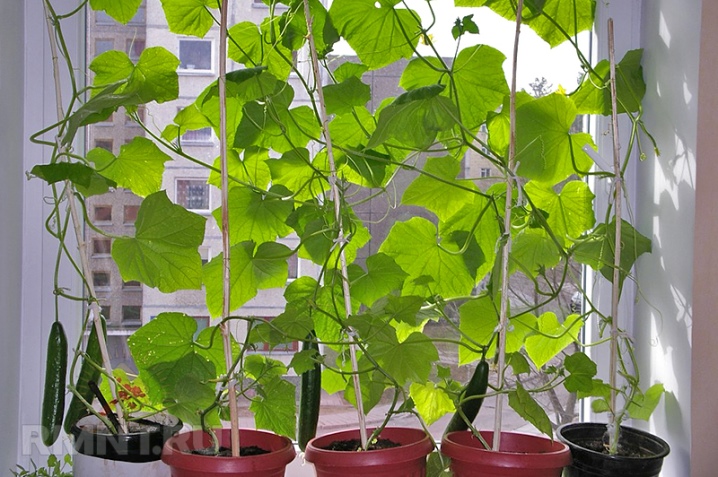
Useful Tips
You need to apply top dressing in warm weather, doing this after watering (unless another application scheme is provided for by the instructions). This will protect the roots from scalding. Simultaneous application of fertilizers based on ash and nitrogen is unacceptable. This will lead to the release of large quantities of ammonia, which can lead to plant death.
Ash is often used in folk dressing recipes. It must be natural, obtained by burning wood. It is unacceptable to use ash after burning plastic, household waste, paper.
Yellowed leaves are also a signal of a lack of elements. If the leaves turn yellow at the edges, the cucumbers lack magnesium and potassium. Yellowing of the leaves in combination with the appearance of yellow veins indicates an iron deficiency. If the upper leaves turn yellow, you should think about feeding with copper.

Many summer residents consider "more is better", however, the root system of cucumbers is not powerful and strong, the plant simply cannot take the entire volume of the proposed feeding. It is more correct to follow the recommendations regarding the timing and frequency of feeding. Then strong bushes and a rich harvest will not keep you waiting.
You can suspect an excess of minerals by the appearance of the bushes. So, if cucumbers build up a voluminous green mass, grow strongly, and the fruits become smaller, this indicates an excess of nitrogen in the soil. And in such cases, gardeners talk about cucumbers "fattening up".
If the root system is dying off, it could be a sign of excess magnesium. Naturally, you must first exclude the infection of the plant with diseases or pests.If, nevertheless, the "diagnosis" of excess magnesium is confirmed, you should stop feeding and increase watering.
A slowdown in the growth of cucumbers, as well as the appearance of a white border on the leaves, is a symptom of soil oversaturation with potassium. If you skip this stage, then the leaves become dark green, the fruits become smaller. The solution in this situation can be the introduction of ash - 1 glass of ash is added to 10 liters of water.

For feeding cucumbers, see the next video.













The comment was sent successfully.